Zinger Key Points
- Insurance costs could drop by more than half to $0.23/mile by 2040.
- Tesla, GM and Rivian expanding into in-house auto insurance
Self-driving cars are poised to disrupt the $430-billion U.S. auto insurance market, according to Goldman Sachs, as fewer accidents and shifting risks could cut insurance costs by more than half over the next 15 years.
In a research note shared Monday, Goldman analyst Mark Delaney indicated that insurance costs are projected to decline from roughly $0.50 per mile in 2025 to just $0.23 per mile by 2040.
That compression could severely challenge the current economics of the insurance sector.
“Autonomy could significantly reduce the number of auto accidents, particularly those caused by human error,” Delaney stated.
Autonomous Vehicles Threaten Auto Insurance Model, But Industry Has Time To Adjust
The U.S. auto insurance market stands at around $432 billion today, including $360 billion in personal coverage and $72 billion in commercial.
As vehicles become safer and smarter, Goldman sees a major transformation in how risk is priced and how legal liability is assigned.
“The two primary long-term risks to auto insurers, are declines in accident frequency and changes in claim costs and legal liability,” Delaney said.
Autonomy, especially through Advanced Driver Assistance Systems (ADAS), is already reducing accident frequency while simultaneously pushing up repair costs due to increasingly complex vehicles.
Goldman forecasts that even with declining accident rates, a modest rise in total vehicle count and higher cost per claim—driven by both tech-heavy cars and litigation—will support modest premium growth over the next 10 to 15 years.
“We expect a continuation of the modest real growth that the auto insurance market has produced over recent decades/years, driven by increases in the number of vehicles and above-CPI increases in cost per claim,” Delaney said.
Will Robotaxis Kill Traditional Insurance?
Self-driving vehicles are creating both threats and opportunities for the car insurance industry. Goldman estimates that the market for robotaxi insurance could reach $1 billion to $1.5 billion by 2030, still a small fraction of the broader market.
Yet, new players may enter the market posing a competitive threat to established insurers.
“Some larger companies in the AV space could self-insure,” the note said, thus reducing the commercial opportunity for traditional insurers such as Progressive Corp. and Allstate Corp.
Tesla Inc., General Motors Co. and Rivian Automotive Inc. are already offering insurance, though mainly on a small scale. Tesla earned about $317 million in insurance revenue in 2024, while Rivian partners with underwriters like Nationwide and Progressive to avoid taking on risk directly.
More than just who underwrites coverage, the very nature of auto insurance could change.
According to Goldman Sachs, autonomy could shift insurance from covering driver error to managing product liability and cyber risks—areas that fall outside the traditional underwriting expertise of most insurers.
Traditional insurers may need to invest in new capabilities to stay competitive, while automakers looking to expand into insurance will have to prove they can manage risk profitably without adding balance sheet losses.
—
Originally Posted June 9, 2025 – Self-Driving Cars May Slash Insurance Costs 50% By 2040, Challenge Traditional Insurers: Goldman Sachs
Disclosure: Benzinga
© 2022 Benzinga.com. Benzinga does not provide investment advice. All rights reserved.
Disclosure: Interactive Brokers Third Party
Information posted on IBKR Campus that is provided by third-parties does NOT constitute a recommendation that you should contract for the services of that third party. Third-party participants who contribute to IBKR Campus are independent of Interactive Brokers and Interactive Brokers does not make any representations or warranties concerning the services offered, their past or future performance, or the accuracy of the information provided by the third party. Past performance is no guarantee of future results.
This material is from Benzinga and is being posted with its permission. The views expressed in this material are solely those of the author and/or Benzinga and Interactive Brokers is not endorsing or recommending any investment or trading discussed in the material. This material is not and should not be construed as an offer to buy or sell any security. It should not be construed as research or investment advice or a recommendation to buy, sell or hold any security or commodity. This material does not and is not intended to take into account the particular financial conditions, investment objectives or requirements of individual customers. Before acting on this material, you should consider whether it is suitable for your particular circumstances and, as necessary, seek professional advice.

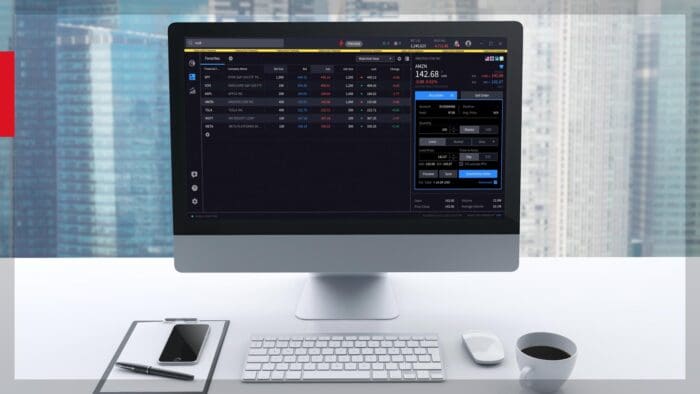






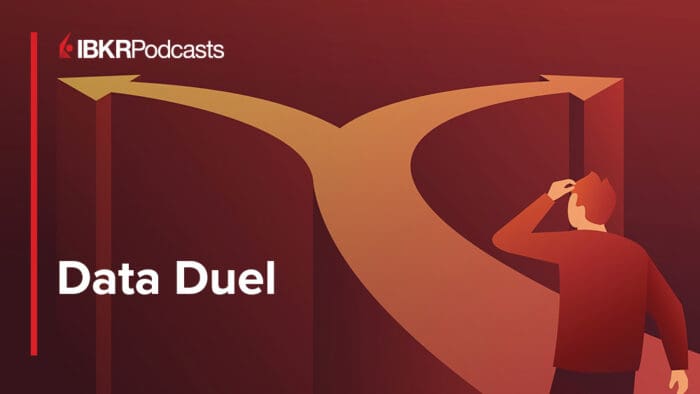
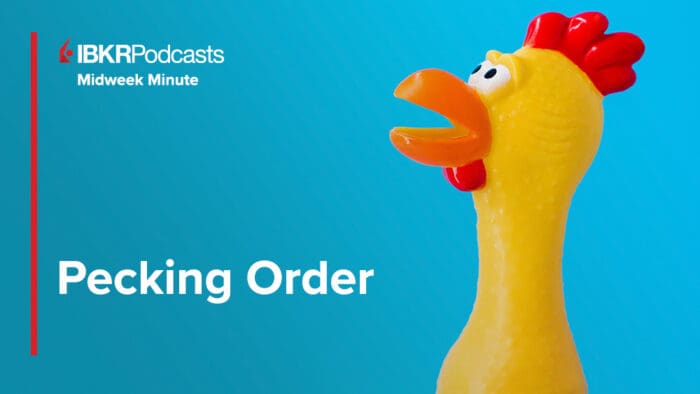

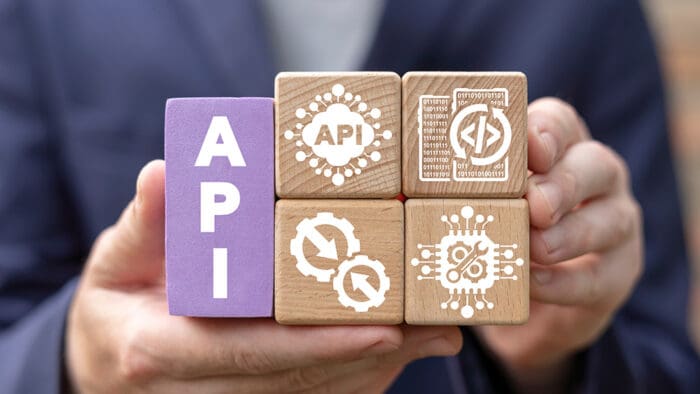
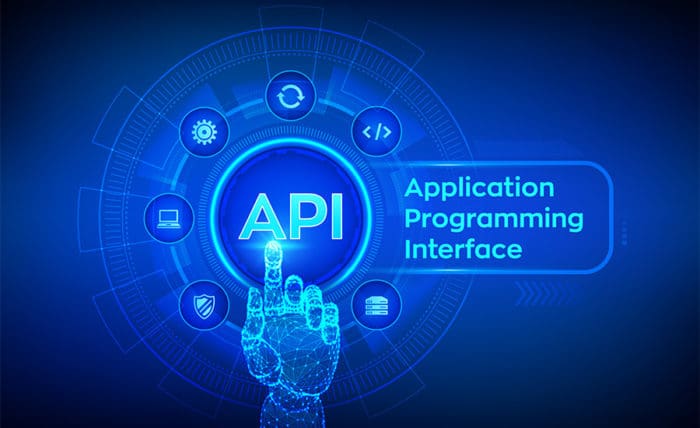








Join The Conversation
For specific platform feedback and suggestions, please submit it directly to our team using these instructions.
If you have an account-specific question or concern, please reach out to Client Services.
We encourage you to look through our FAQs before posting. Your question may already be covered!